What is HIIT?
HIIT is High-Intensity Interval Training and is the number one training method to burn calories and improve aerobic capacity. It has skyrocketed in popularity in the past couple years, and for good reason. A HIIT workout only takes a few minutes, but the results can last for hours.
Traditional interval training involves periods of exertion followed immediately by a short rest. The test is often as long, or up to five times as long as the working period.
For example, a Sprint Interval Training (SIT), another form of HIIT might look like this:
- Sprint 200m
- Rest 1 minute
- Repeat 5 times, or until the heart rate fails to decrease below 120 bpm (if you don't have an HR monitor, I suggest checking out the Resources Page for my recommendations).
One of the many advantages to interval training is that you can make huge improvements with a minimum time investment. Even just a 4-minute Tabata style workout (20s on, 10s rest, repeat for 8 rounds) done three times a week can improve your V02max (the standard marker of aerobic fitness) just as much as training for 60 minutes per week at moderate intensity.1 The catch is that the intensity needs to be sufficient. If you're not exhausted by the end of the workout, even one that only lasts 4 minutes, you probably aren't going to receive the same benefit.
Never miss a post
That additional benefit to HIIT is the development of the ANaerobic energy system. The AErobic (this AIR for AErobic) energy system utilizes oxygen to produce ATP (the bodies source of energy. ATP is involved in everything from basic cell functions to muscular contractions. When you run out of ATP you run out of energy. When the body exceeds the ability of the AErobic system to produce ATP as fast as it is being produced, the ANaerobic system picks up the slack. The result is the burning sensation and the nauseating feeling you get after/during a high-intensity workout. (As a general rule, if you can have a conversation with your training partner that is more than just a couple disjointed words, then you are operating from your AErobic system).
HIIT trains both your ANaerobic energy system, while a 5k run at a moderate pace will train primarily your AErobic system (though there is some debate as to whether you really train your AErobic system at such low intensities).
At the end of the day, I prefer High-Intensity training over low-intensity training. It will help you reach your goals quickly and more effectively, with a less chance of injury.
Here is an example of one of my favorite HIIT, Tabata style workouts:
20 seconds on, 10 seconds recover, repeat for 8 rounds per exercise. Rest 1 minute between exercises.
Exercise 1: Battle Rope 2-Hand Swings
Exercise 2: Sprint 100m
Exercise 3: Push Ups
Exercise 4: BW Squats
Don't be misled by the short amount of time this workout takes. If you give it your all for the first exercises, you will understand exactly why HIIT is so effective.
-Mark
B.Kin, Canadian Society of Exercise Physiology CPT

